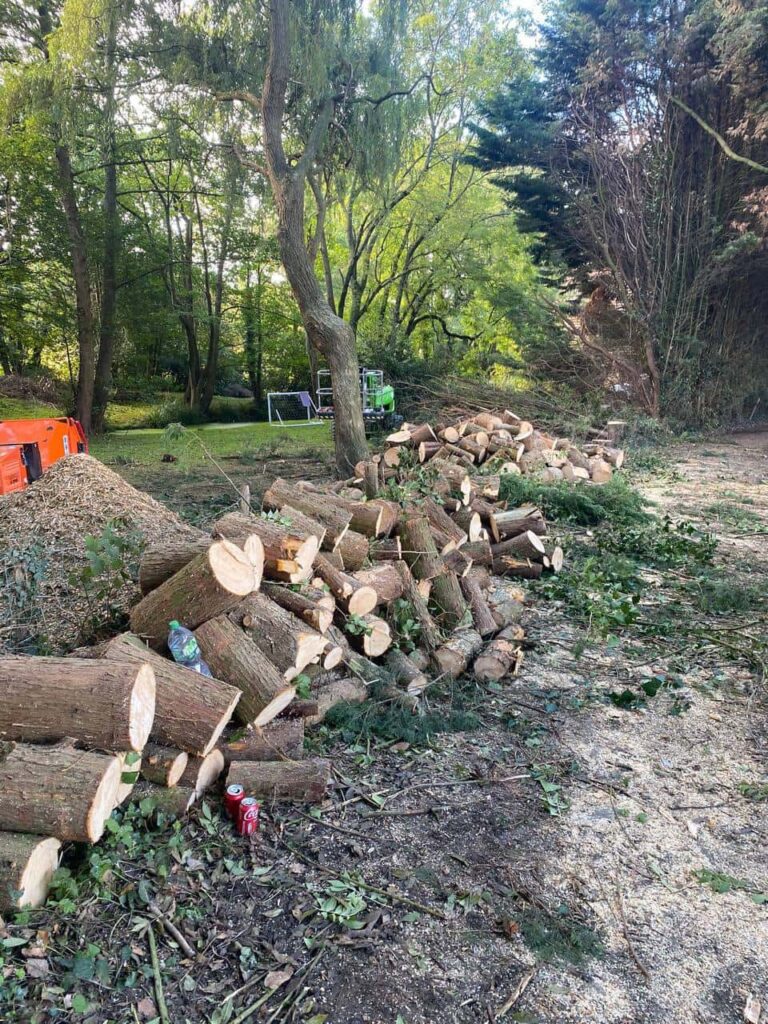Tree Transplanting: Relocating Trees Safely
Introduction: Trees are valuable to our landscapes, providing shade, beauty, and environmental benefits. However, there are situations where trees need to be relocated due to construction projects, landscape changes, or other reasons. When done correctly, tree transplanting can save mature trees and preserve their contributions to the ecosystem. In this blog post, Beeston Tree Surgeons explores the art and science of tree transplanting, emphasising the importance of safely and carelessly relocating trees.
1. Assessing the Tree
The first step in tree transplanting is to assess the tree’s health and condition. A certified arborist will determine if the tree is suitable for transplantation. Factors like tree species, size, age, and overall health play a significant role in this assessment.
2. Timing Matters
Timing is crucial in tree transplanting. The ideal time to transplant a tree is during its dormant season, typically in late fall or early spring. During dormancy, the tree is less stressed, reducing the risk of transplant shock.
3. Root Ball Preparation
Before moving the tree, a root ball must be carefully prepared. This involves digging around the tree to expose its root system. The tree’s size and type determine the size of the root ball. Larger trees require more extensive root balls to support their growth.
4. Careful Excavation
Excavating the tree and its root ball is a delicate process. Skilled arborists use specialised equipment to ensure minimal damage to the roots. The tree is lifted from its original location, and the root ball is wrapped in burlap or suitable material to protect the roots during transport.
5. Selection of New Location
Choosing the right location for the tree’s new home is critical. Factors like soil quality, drainage, sunlight, and proximity to structures must be considered. Arborists use their expertise to select an ideal spot for the tree’s relocation.
6. Planting and Establishment
Once the tree is relocated to its new site, it must be planted promptly. The tree is placed in a properly prepared hole, and the root ball is carefully positioned. Adequate watering, mulching, and monitoring are essential to help the tree establish itself in its new environment.
7. Post-Transplant Care
After transplantation, the tree requires ongoing care to ensure its survival. Regular watering, pruning, and monitoring for signs of stress or disease are essential. An arborist may recommend fertilisation and other treatments to support the tree’s health.
8. Professional Expertise
Tree transplanting is a complex and delicate operation that requires the expertise of certified arborists and tree surgeons. Professionals have the knowledge and experience to ensure the process is conducted safely and with minimal stress to the tree.
Conclusion: Tree transplanting is a valuable technique for preserving mature trees and enhancing landscapes. When executed by certified arborists, it allows us to relocate trees safely, ensuring their continued growth and contribution to our environment. Beeston Tree Surgeons is committed to responsible tree care, including tree transplanting services.
Call us on: 0115 647 1187
Click here to find out more about Beeston Tree Surgeons
Click here to complete our contact form and see how we can help with your tree’s needs.

